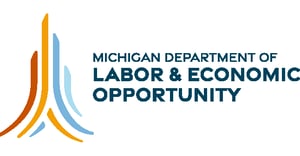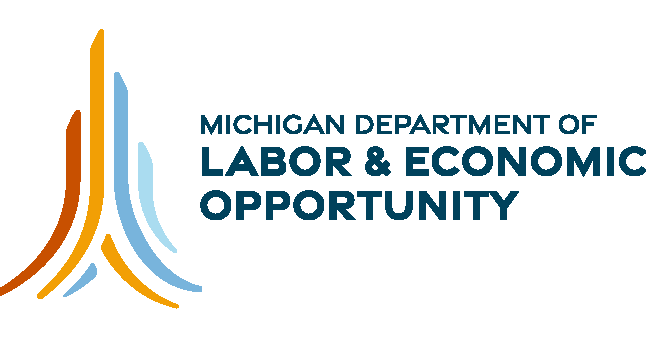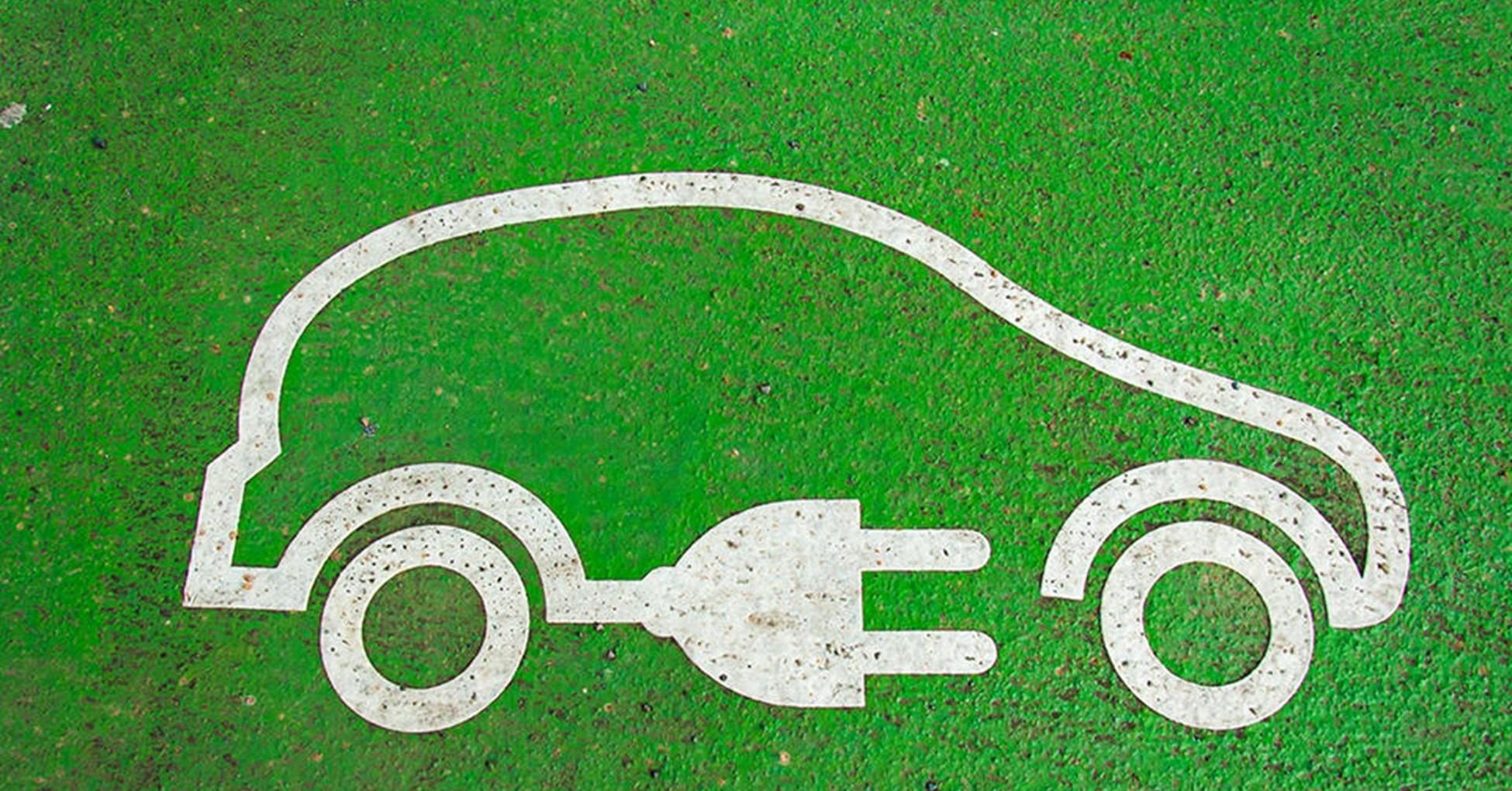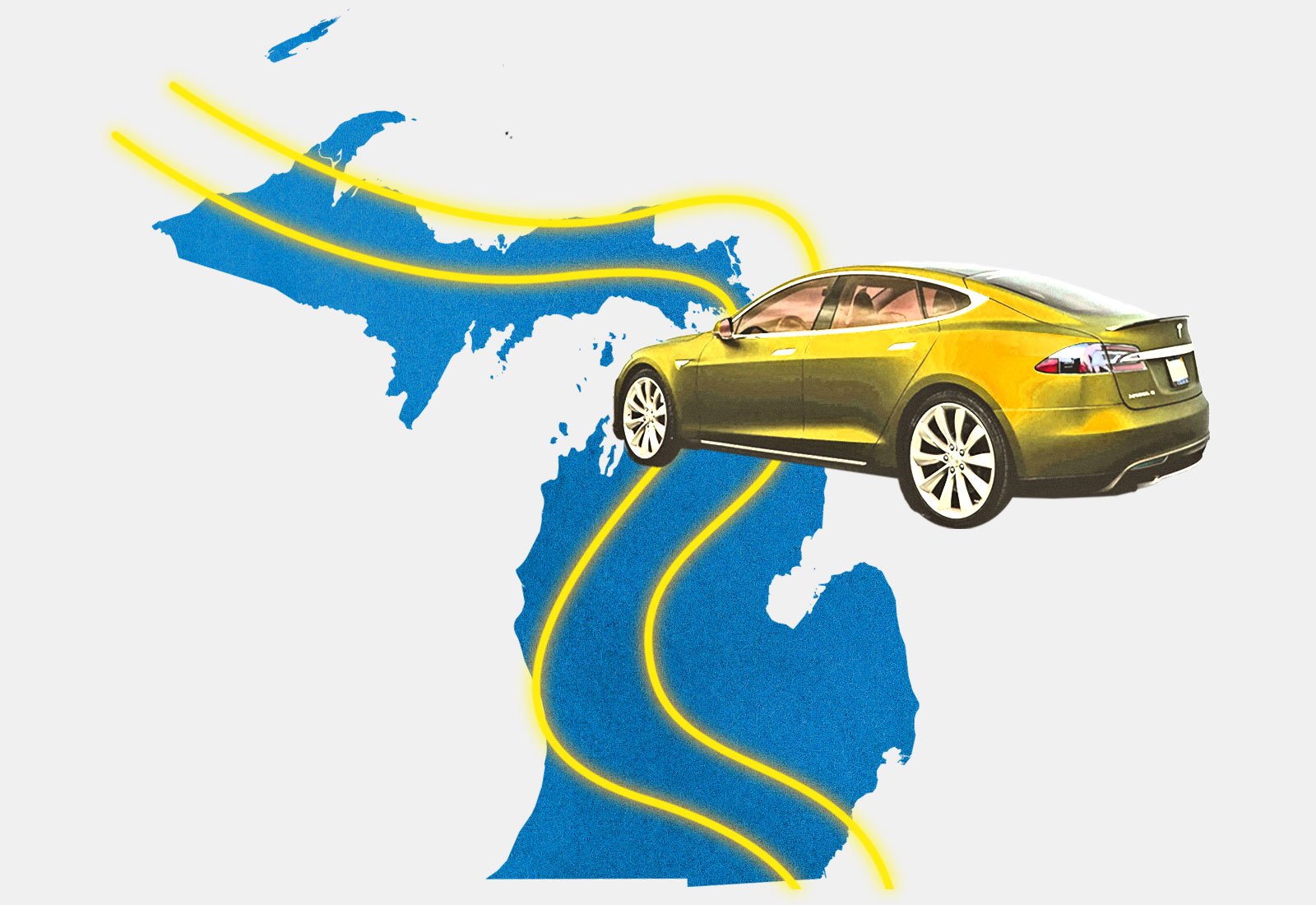Lansing, Mich.—The Department of Labor & Economic Opportunity (LEO) has submitted a “Concept Paper” to the U.S. Department of Energy (DOE) in response to an upcoming federal grant opportunity that would help automotive companies in Michigan retool their facilities and convert from making Internal Combustible Engine (ICE) vehicles or components to Electric Vehicles (EV) or components. The unique approach being taken by Michigan would give small suppliers an opportunity to access federal funds to secure their future in the clean energy economy. The application is the latest step in the state’s aggressive approach to ensure the transition to clean energy technologies is implemented in a way that will lead to economic growth and opportunity and maintain Michigan’s position as the Midwest’s top state for clean energy jobs. Last week, Governor Whitmer highlighted the important part the DOE can play in providing support to small suppliers as they participate in the transition to electric vehicles.
“In Michigan, we are chasing every opportunity we can to lead the future of mobility,” said Governor Whitmer. “With this grant, we can help small automotive suppliers across Michigan with the funding and resources they need to convert their facilities to manufacture electric vehicles or electric vehicle components. Together, we will build on our century-long mobility legacy and make the next generation of the world’s best cars, trucks, and parts.”
Helping small firms convert to EV manufacturing can be a significant win for workers. According to 2022 U.S. Bureau of Labor Statistics data, Electrical Equipment, Appliance, Component Manufacturing and Electrical Engineers in Michigan had a median annual salary of $88,680, far exceeding the overall median annual salary of $58,000 for all occupations in Michigan.
The DOE’s Office of Manufacturing and Energy Supply Chains will make available $2 billion in grants for domestic production of efficient hybrid, plug-in electric hybrid, plug-in electric drive, and hydrogen fuel cell electric vehicles. Applicants were required to provide a Just Transition and Workforce Plan, and a Labor and Community Engagement Plan. Submitting a concept paper is the first step in the application process, and under the program’s guidelines the state will have an opportunity to submit a formal application in the future. Beginning in Spring 2024, the DOE is expected to make between 9-15 awards ranging from $25 million to $500 million.
Under Michigan’s application, the state is seeking $75 million to create a “Small Facility Fund” that would support the needs of Michigan automotive suppliers currently making components for ICE vehicles that have faced or may face plant closures. Michigan is home to over 1,000 independent automotive suppliers, and 140 of these suppliers and over 45,000 of their workers, are making products that may eventually be phased out as consumers replace their ICE vehicles with EVs.
The DOE grant program requires a 50% match to obtain federal funds. Under Michigan’s proposal, that matching requirement would be split equally between the Making it in Michigan Competitiveness Fund and the company that will benefit. Gov. Whitmer and the Michigan Legislature created the fund to help bring home more than Michigan’s fair share of federal funding so we can grow the economy and bring more projects home.
Under Michigan’s plan:
- Financial support would be provided for the transition of Michigan auto communities and auto workers with a focus on safe workplaces, inclusive hiring plans and a prioritization of opportunities for displaced workers.
- Funding would be available to Michigan communities that have previously experienced economic distress, such as a loss of auto jobs.
- Strong standards for job quality, diversity, and environmental justice would be implemented.
- Existing economic development strategies will be complimented to ensure that Michigan communities, companies and workers have an opportunity to benefit from the transformational investments the state is making into new EV and battery opportunities.
“With a creative approach and a clear strategy to use every state and federal tool available, Michigan can create more economic opportunity for our auto workers and our auto communities,” said Department of Labor and Economic Opportunity Chief Deputy Director Jonathan Smith. “In addition to creating tens of thousands of new jobs, we can make sure that small employers are able protect the good paying jobs that already exist.”
Governor Whitmer has helped Michigan build on its legacy and leadership in mobility. Since she took office, the state has announced over 30,000 good-paying auto jobs. Last year, she worked across the aisle to enact a historic, bipartisan economic development package empowering Michigan to win big projects and create thousands of good-paying jobs. The package helped Michigan secure a $7 billion investment from GM, creating and retaining 5,000 jobs; a $1.7 billion investment from battery-maker LG Energy Solution creating 1,200 jobs; a $2 billion investment from Ford creating more than 3,200 jobs; a $2.36 billion investment from battery-maker Gotion creating 2,350 jobs; and a $1.6 billion investment from Our Next Energy creating 2,112 jobs. The governor launched mobility-focused workforce and talent initiatives like the EV Jobs Academy and the Mobility Talent Action Team to prepare Michigan’s workforce for future electric vehicle and component manufacturing jobs. She has spearheaded a number of public-private partnerships including REV-Midwest, a 5-state regional electric vehicle charging network; the Lake Michigan Circuit, an electric vehicle route around Lake Michigan with electric vehicle chargers in state parks; and pioneering projects like CAVNUE, a corridor for autonomous vehicle testing, and a road that charges electric vehicles wirelessly while they are moving.
The bipartisan budget she signed this summer—her fourth—included funding for a transformational education project focused on research and mobility centric workforce training at the University of Michigan.
###

















